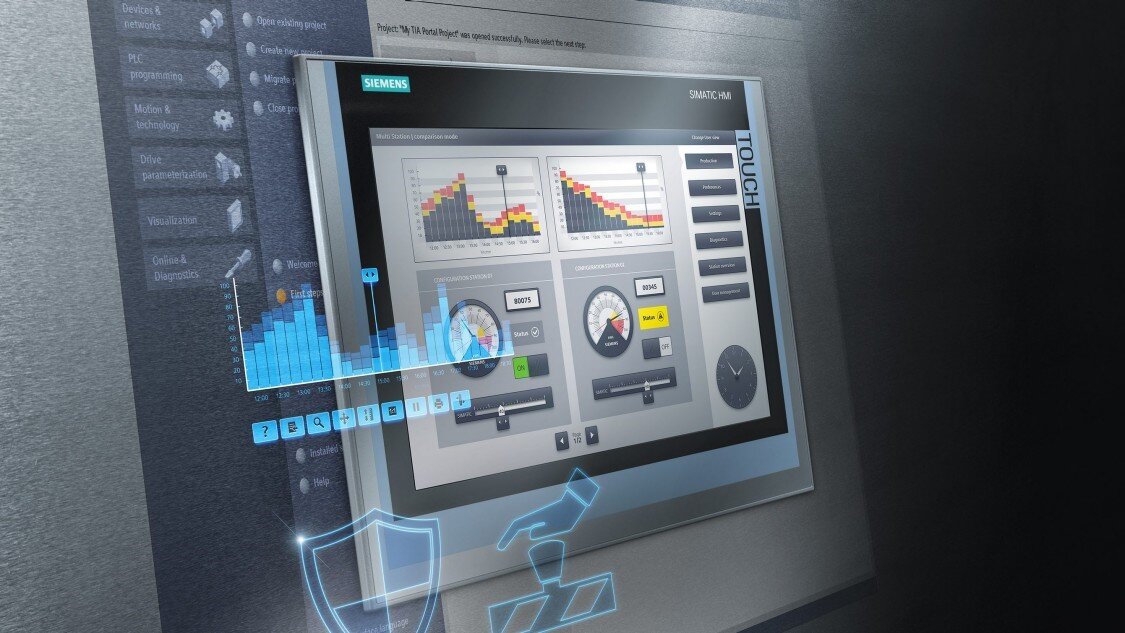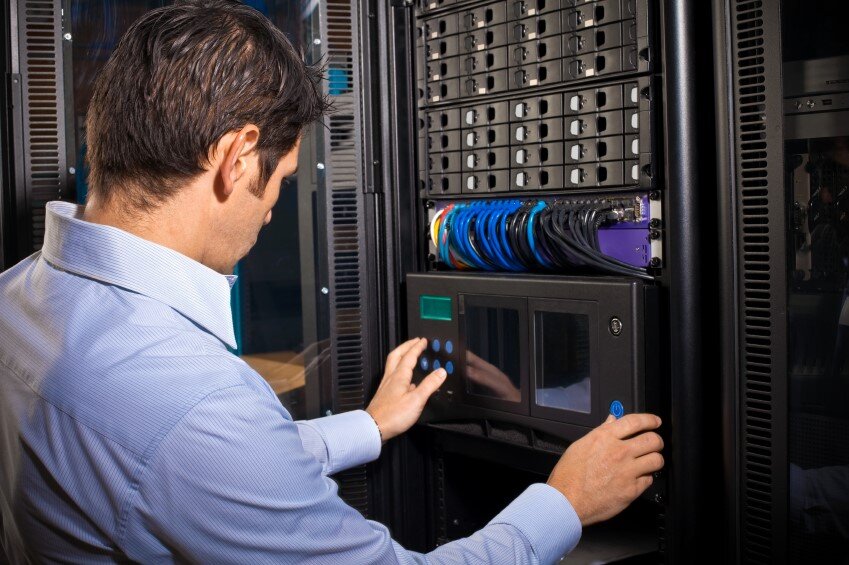HMI Development
A human-machine interface is commonly referred to as an HMI. An HMI is a real-time information portal that allows an individual or team to control a system and monitor its production. Not only does this help provide information to engineers, but it provides data that they can use to make a variety of changes to the system. These changes often help improve system efficiency.
Simply Complex
Our HMI development services provide our customers with a custom, but the user-friendly interface to any new or existing system. Considering that HMIs aren’t just used by engineers, it is vital that we provide an HMI platform that is simple to understand for the average worker. However, an HMI must provide the data needed to make complex systematic changes, both in process details and bigger picture production trends.
With a vast amount of product data available, our controls engineers work with our customers to use an HMI to highlight the most vital information based on the system application, specifications, and purpose.
When developing an HMI there are a few things to consider:
Determine the functions your HMI requires
Consider specific input and output requirements
Explore the mandatory regulatory standards
Define the environmental circumstances
Take into account the expected in-service life
Opt for approaches that improve system performance
Introduce clear panel layout
Put the user first (“Simply Complex”)
Choose a way to connect the HMI with core equipment
Focus on HMI digital security
At Tuff Automation, our highest priority when programming an HMI is to provide simple and understandable information that your team can use to maximize your system to its fullest potential.



